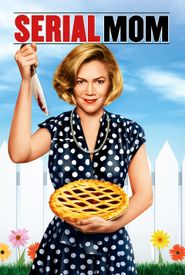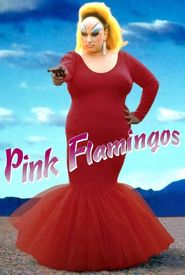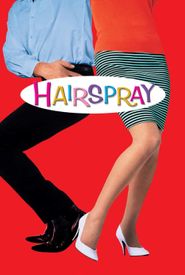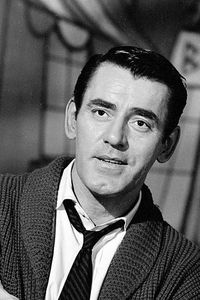John Waters' childhood in Baltimore during the 1950s was marked by an unconventional fascination with violence and gore, both in reality and on the silver screen. As a youth, he was drawn to the peculiar counter-culture crowd that surrounded him, and together they began crafting silent 8mm and 16mm films in the mid-1960s. These early works were screened in rented Baltimore church halls to an underground audience that was initially drawn in by word of mouth and street leafleting campaigns.
As Waters' filmmaking skills continued to evolve and his subject matter became increasingly provocative, his audience grew in size and his write-ups in the Baltimore press became increasingly outraged. By the early 1970s, he had transitioned to feature-length films, which he managed to secure midnight screenings in art cinemas through sheer determination.
It was not until Pink Flamingos, a deliberate exercise in ultra-bad taste, took off in 1973 that Waters' success became more widespread, undoubtedly aided by the infamous dog-crop eating scene performed by lead actor Divine.
Waters continued to create low-budget, shocking films with his Dreamland repertory company until Hollywood crossover success arrived with Hairspray in 1988. Although his movies may now appear sanitized and professional, they still retain Waters' playful spirit and reflect his lifelong preoccupations.













































































































































